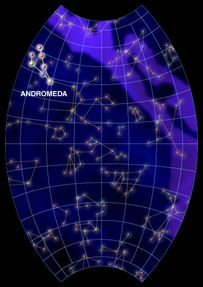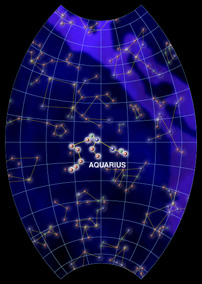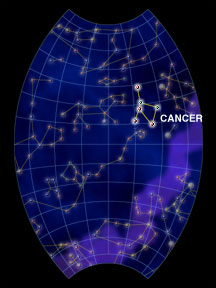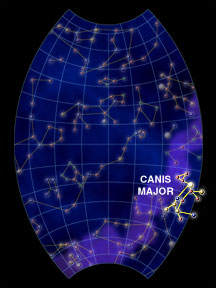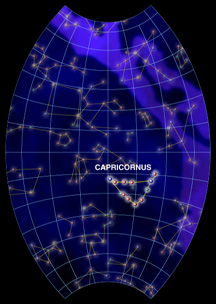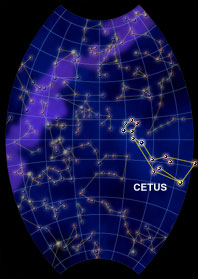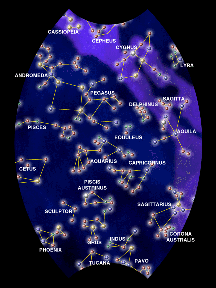More Than 18,000 People Participate in GLOBE at Night
April 24, 2006
More than 18,000 citizen-scientists in 96 countries submitted 4,591 observations reporting the darkness of their local night skies during the 10-day GLOBE at Night event last month. GLOBE at Night’s Web site (www.globe.gov/globeatnight) received data from individuals in all 50 U.S. states and from every continent except Antarctica. “The geographic reach of the GLOBE at Night event exceeded our expectations,” said Sandra Henderson, Director of GLOBE Education. “The engagement and excitement of family groups, citizen scientists, and school children participating in the activity together was amazing.”
The intent of GLOBE at Night was to encourage students, families, and interested citizens to observe and record how the constellation Orion looked from a location near them and to use their observations as a means of measuring the brightness of the sky at a variety of urban and rural sites. “This event was useful in teaching about the impact of artificial lighting on local environments and in raising awareness about the ongoing loss of people’s ability to study or simply enjoy the night sky in many parts of the world,” according to Dennis Ward, an Astronomer and Educational Technologist with UCAR’s Office of Education and Outreach.
Analysis of the GLOBE at Night data by astronomers is underway. Mapped results can be explored using the GLOBE at Night Map Viewer (www.globe.gov/GaN/analyze.html) built with support from ESRI. A student exploration guide for the Map Viewer and other ESRI mapping tools will be available soon for directed investigations of the GLOBE at Night data.
“The observations made during GLOBE at Night will help students and scientists together assess how the quality of the night sky varies around the world, and how it is affected by artificial lighting and light pollution,” said Kirsten Meymaris, GLOBE at Night Project Coordinator. “Given the interest in the inaugural GLOBE at Night event, we intend to offer it again in March 2007.”
A full report of the analyzed data and map displays will be available by the end of April 2006. For more information, see the event’s Web site at www.globe.gov/globeatnight or contact globeatnight@globe.gov.
GLOBE at Night is a collaboration between The GLOBE Program; the National Optical Astronomy Observatory (NOAO); Centro de Apoyo a la Didactica de la Astronomia (CADIAS); Windows to the Universe; and Environmental Systems Research Institute, Inc. (ESRI).






